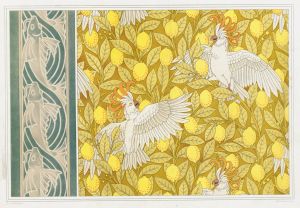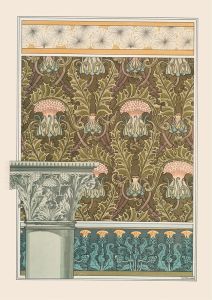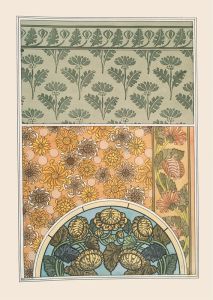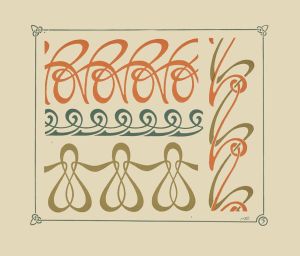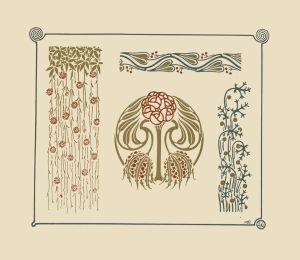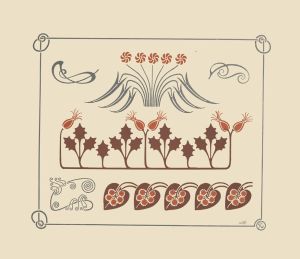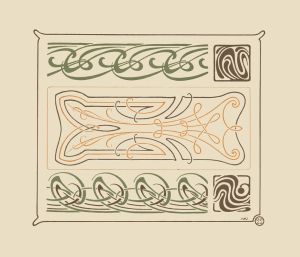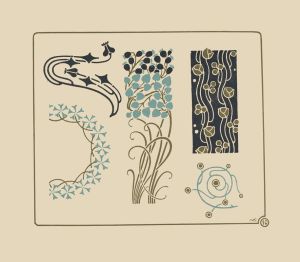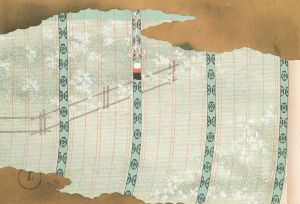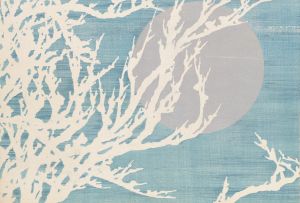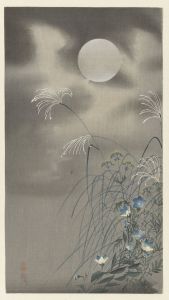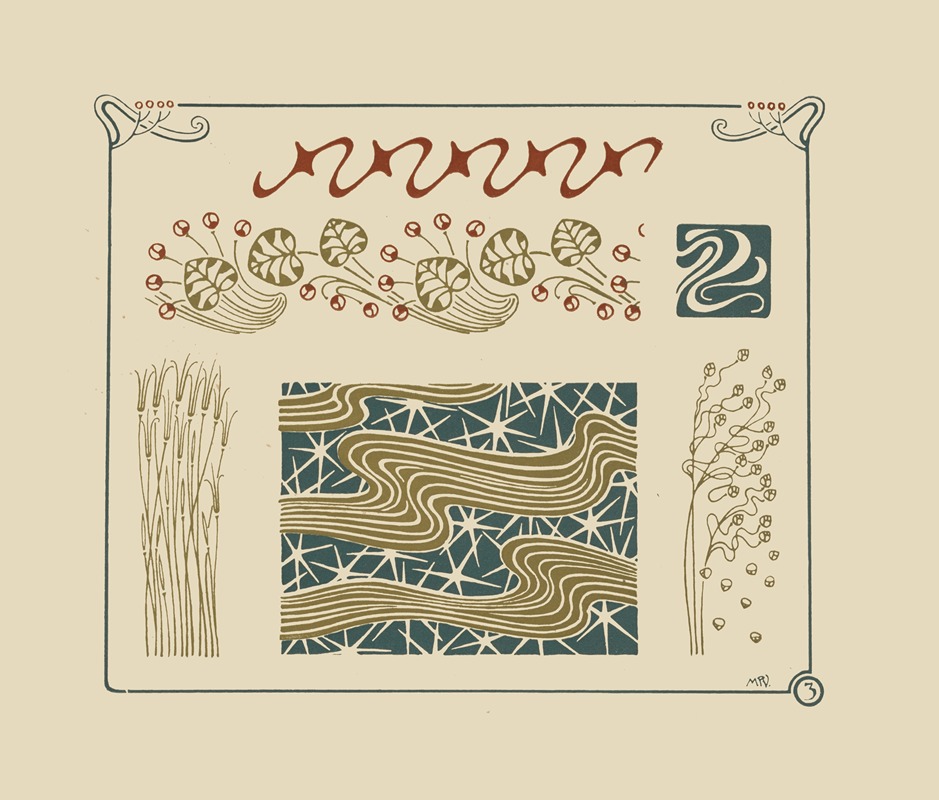
Abstract design based on grasses and leaves
A hand-painted replica of Maurice Pillard Verneuil’s masterpiece Abstract design based on grasses and leaves, meticulously crafted by professional artists to capture the true essence of the original. Each piece is created with museum-quality canvas and rare mineral pigments, carefully painted by experienced artists with delicate brushstrokes and rich, layered colors to perfectly recreate the texture of the original artwork. Unlike machine-printed reproductions, this hand-painted version brings the painting to life, infused with the artist’s emotions and skill in every stroke. Whether for personal collection or home decoration, it instantly elevates the artistic atmosphere of any space.
Maurice Pillard Verneuil was a prominent French artist and designer, known for his significant contributions to the Art Nouveau movement. Born in 1869, Verneuil's work is characterized by its intricate patterns and organic forms, often drawing inspiration from nature. One of his notable works is "Abstract design based on grasses and leaves," which exemplifies his ability to transform natural elements into decorative art.
Verneuil's artistic journey began in the late 19th century, a period marked by a growing interest in natural forms and their application in decorative arts. The Art Nouveau movement, which flourished from the 1890s to the early 1900s, emphasized the beauty of natural forms and the seamless integration of art into everyday life. Verneuil was deeply influenced by this movement, and his work often reflects its principles.
"Abstract design based on grasses and leaves" is a testament to Verneuil's skill in capturing the essence of nature and translating it into a stylized, decorative form. The design showcases his ability to abstract natural elements, such as grasses and leaves, and arrange them into harmonious compositions. This approach not only highlights the beauty of the individual elements but also creates a sense of rhythm and movement within the design.
Verneuil's work was heavily influenced by the Japanese art and design principles that were gaining popularity in Europe at the time. The Japanese aesthetic, with its emphasis on simplicity, asymmetry, and the beauty of natural forms, resonated with Verneuil and can be seen in his use of line and form. In "Abstract design based on grasses and leaves," the influence of Japanese art is evident in the fluidity of the lines and the balanced composition.
Throughout his career, Verneuil collaborated with various artists and designers, contributing to the dissemination of Art Nouveau principles across different media. His designs were not limited to paintings and prints; they extended to textiles, wallpapers, and ceramics, showcasing his versatility as an artist. Verneuil's work was instrumental in popularizing the use of natural motifs in decorative arts, and his designs were widely reproduced and adapted.
In addition to his artistic contributions, Verneuil was also an author and educator. He published several books on design and ornamentation, which served as important resources for artists and designers of his time. These publications often included detailed illustrations and analyses of natural forms, further cementing his reputation as an expert in the field.
"Abstract design based on grasses and leaves" is a reflection of Verneuil's deep appreciation for nature and his ability to translate its beauty into art. His work continues to be celebrated for its elegance and innovation, and it remains an important part of the Art Nouveau legacy. Verneuil's designs have left a lasting impact on the world of decorative arts, inspiring generations of artists and designers to explore the relationship between nature and art.
Maurice Pillard Verneuil passed away in 1942, but his legacy lives on through his contributions to the Art Nouveau movement and his enduring influence on the decorative arts. His work, including "Abstract design based on grasses and leaves," continues to be studied and admired for its artistic merit and its role in the evolution of modern design.





